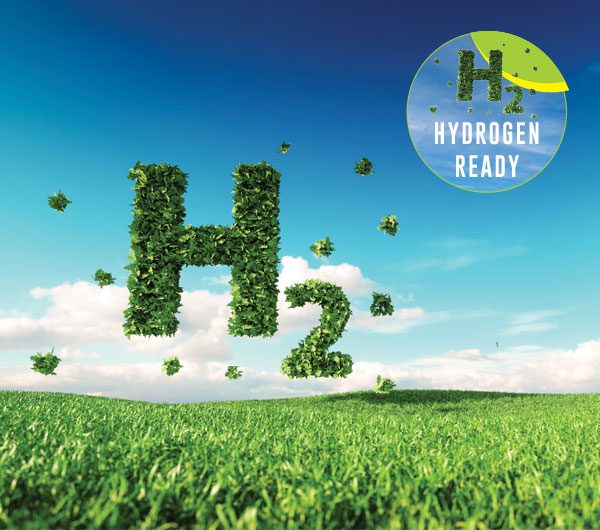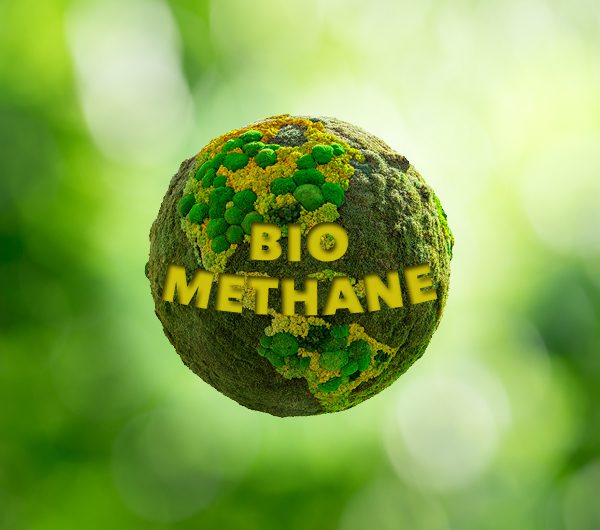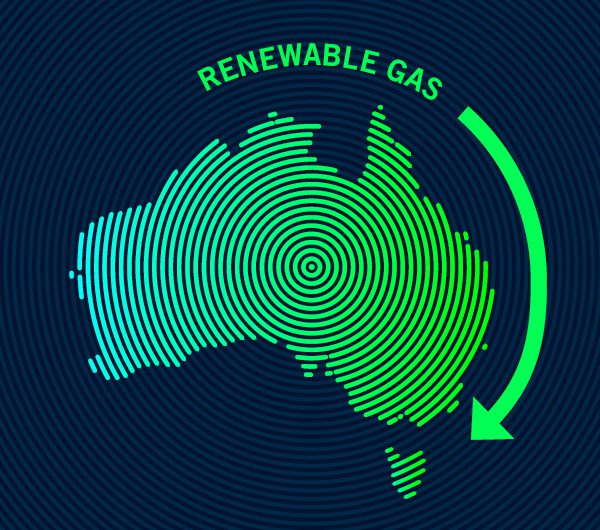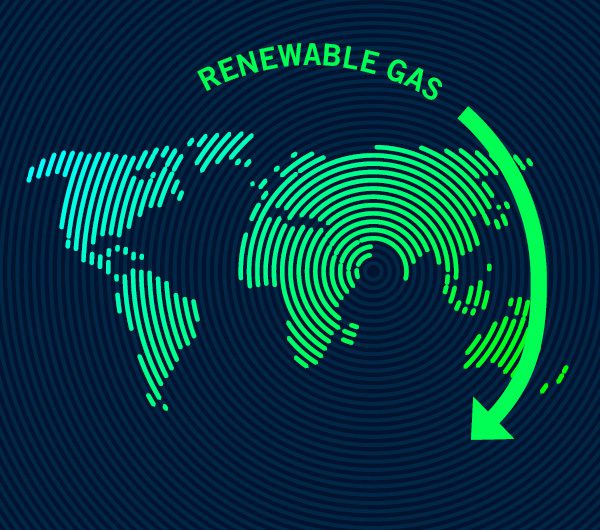Gas is here to stay
Why Gas will still be a dependable choice for heating in the future
Natural gas is vital for its role as a versatile energy source, driving economic growth, supporting jobs, serving as a cleaner-burning alternative, and providing a reliable backup to renewable energy in Australia’s energy mix.
In an ever-evolving energy landscape, the role of gas remains steadfast and crucial. As a dependable energy source, gas continues to power industries, households, and economies worldwide.
Australians love gas
More than two million Victorian households and businesses use gas to heat their homes or for cooking and hot water. Victorians love the quality, consistency, and reliability of gas appliances.
Across the nation, almost 50% of Australian homes are connected to the gas network, with 12 million household appliances used for cooking, heating and hot water1. And rest assured, it’s not going anywhere, anytime soon.
Why Gas isn't going anywhere
Renewable Future
Gas has a future. The gas industry is committed to decarbonising, in line with its Gas Vision 2050, with gas network businesses that supply over two-thirds of Australian residential customers committing to net zero by 2050. To support the transition to more sustainable energy sources, there are efforts to develop greener natural gas alternatives including Hydrogen and Biomethane.
Lower Emissions
Natural gas provides energy to homes with an average 75% fewer greenhouse gas emissions than grid electricity. Given Victoria’s electricity generation is dominated by brown coal, emissions from electricity are 5x higher than direct use of gas in the home2.
Electricity Grid Instability
The Victorian electricity grid is already under significant strain. There is a need for billions of dollars and many years of investment in Australia’s electrical grids before they can possibly cope with full electrification. Half of the energy currently supplied to homes in Victoria is gas, and there’s no way the electricity grid can cope with double the current demand any time soon.
Switching Costs
Setting up your home for full electrification could include electrical upgrade expenses estimated to be in the tens of thousands of dollars3. Depending on your home’s existing electrical infrastructure, it may be necessary to upgrade circuits, wiring or the electrical panel to accommodate the power requirements needed for new electrical appliances.
Industry Reliance
Heavy industry makes products that are essential for our modern lives like steel, cement and chemicals, and they often require extremely high heat levels which necessitate gas. These industries are likely to decarbonise using biomethane, carbon storage and hydrogen. It cannot be achieved through electrification.
Gas Affordability
The average cost to use gas in your home is less than half of what it costs to provide the same amount of energy when using electricity. In Victoria, the difference is dramatic: the average cost of gas is 65% lower than the cost of electricity supply2.
A Renewable Future
While natural gas is often considered the cleanest-burning fossil fuel compared to coal and oil, it still has a notable environmental impact. To support the transition to more sustainable energy sources, there are efforts to develop greener alternatives to natural gas. A few examples are:
Hydrogen: Hydrogen can be produced from renewable sources through electrolysis, and it can be blended with natural gas or used directly as a replacement. Hydrogen combustion produces only water vapour, making it a cleaner option compared to traditional natural gas.
Renewable Natural Gas (RNG) or Biomethane: RNG is produced from organic waste sources such as landfills, wastewater treatment plants, and agricultural waste. It is considered a sustainable alternative to natural gas as it captures and utilises methane emissions that would otherwise be released into the atmosphere.
Synthetic Natural Gas (SNG): SNG is produced through a process called gasification, which converts biomass or other carbon-based feedstocks into a gas that closely resembles natural gas. The feedstocks used can be derived from sustainable sources, such as agricultural residues or purpose-grown energy crops.
Hydrogen
Hydrogen is considered a key component of Australia’s clean energy future and its efforts to contribute to global decarbonisation. Australian-made hydrogen can serve as a clean energy source for various sectors, both domestically and internationally.
When used as a fuel, hydrogen’s only by-product is water. This flexible, safe and storable fuel can be used to blend with or replace natural gas to heat homes and for cooking.
What’s exciting is that hydrogen blended with natural gas is the first step to this zero emissions future in Australia and it is currently being trialed in selected communities across Australia by leading gas suppliers.
At Seeley International, we have been working with leading industry authorities to ensure our gas heating products are “hydrogen ready”, and deliver the same cosy warmth and whole of home comfort that millions of Australians expect.
So, when clean and green, renewable hydrogen gas blends are available in the near future, you can be assured that your Braemar gas heating system will perform at its best and is compliant with all Australian Safety Standards and regulations4.


Biomethane
The production of biomethane involves breaking down organic materials in the absence of oxygen, leading to the release of methane gas. This methane can then be captured, purified, and used as a substitute for conventional natural gas.Biomethane has similar properties to natural gas and can be used for heating, electricity generation, and as a fuel for vehicles.Biomethane has gained popularity due to its environmental benefits and has been trialed in New South Wales, Australia.Biomethane needs to be processed at a level that meets regulations before injecting into the network. Currently our gas heating products are “biomethane ready”, and will continue to give you the same comfort you expect4.Renewable Gas around Australia
- Existing homes that have an existing gas connection.
- New dwellings that do not require a planning permit.
- Applications lodged before 1st January 2024.
- Renovations, alterations or additions (including substantial) to existing dwellings or apartment buildings.
- The use of LPG (bottled gas) for outdoor barbeques.
- Commercial lots within new estates.

Victoria
Although Victoria has implemented the ban on new gas connections, it has abundant renewable energy resources and has been exploring hydrogen production and utilisation in various sectors.
In June 2023, the Australian Government committed to build a A$51 million renewable hydrogen plant (Hydrogen Park Murray Valley) in Victoria. The 10 megawatts electrolyser, is being built in Wodonga and would be bigger than any current such unit in Australia, It will be used to blend green hydrogen into gas networks to supply around 40,000 homes. Production from the facility and delivery to customers is expected to commence in early 2025.
The Victorian government has also supported several hydrogen projects, including the Hydrogen Energy Supply Chain (HESC) pilot project, which produces hydrogen from brown coal in the Latrobe Valley and exports it to Japan.
In July 2023, Australian Gas Infrastructure Group (AGIG) unveiled Australia’s first 100% hydrogen-powered home, providing a window into future low-carbon energy solutions for Australia. Located in Wollert, the HyHome shows that Australians can continue to enjoy the convenience and reliability of gas, while progressively moving towards lower and zero carbon energy sources.
For more information on the Hydrogen Park Murray Valley project – CLICK HERE
For more information on the HESC project – CLICK HERE
For more information on the HyHome – CLICK HERE
South Australia
South Australia has been actively exploring and utilising hydrogen as a clean energy source for some time now. The state has significant renewable energy resources and is well positioned for hydrogen production. There are several hydrogen projects and initiatives in South Australia, including the Hydrogen Park South Australia (HyP SA), which is an Australian first that delivers renewable hydrogen blend to customers on the existing gas network. Commencing production in May 2021, and expanded in March 2023, HyP SA delivers a 5% renewable gas blend to more than 4,000 gas customers in Adelaide’s south. This includes households, businesses and schools. Additionally, the state government is building a world leading green hydrogen power station, electrolyser and storage facility near Whyalla, in the state’s Upper Spencer Gulf.
For more information on the SA Government’s focus on Hydrogen – CLICK HERE
For more information on the HyP SA project – CLICK HERE
New South Wales
The Renewable Fuel Scheme was established in December 2021 to encourage the production of green hydrogen in NSW. Since then, NSW has introduced the Western Sydney Green Hydrogen Hub which injects blended hydrogen gas into the existing gas network and delivered to hundred of homes and businesses in the Western Sydney area.
At the Malabar Wastewater Treatment Plant in South-East Sydney, Jemena and Sydney Water are working together to generate biomethane and inject it into the natural gas distribution network. Initially, the facility will produce renewable biomethane equivalent to the gas usage of approx. 6,300 homes per year.
The NSW Gas Network is a distribution pipeline owned and operated by Jemena Gas Networks (NSW) Ltd. The network services much of NSW, providing gas to over 1.5 million customers across 25,000km of pipeline. Jemena is helping to pioneer the future of gas, with renewable gas demonstration projects to help show the way for NSW to halve emissions by 2030.
For more information on the Western Sydney Green Hydrogen Hub – CLICK HERE
For more information on the Malabar Wastewater Treatment Plant – CLICK HERE
For more information on Jemena – CLICK HERE
Renewable Gas around the World
New Zealand
New Zealand is committed to achieving net-zero carbon emissions by 2050. There are numerous renewable gas options on the horizon, including renewable hydrogen and biogas, renewable natural gas, and renewable LPG.
For more information – CLICK HERE
Japan
Japan is a world leader in implementing hydrogen usage and has pledged to be carbon neutral by 2050. Japan seeks to shift for the long term the source of hydrogen and fuel cells from fossil fuels like natural gas to renewable energy, including a growing volume of domestically sourced renewable energy.
The Tokyo Olympics showcased many uses including the hydrogen powered Olympic flame.
For more information – CLICK HERE

United Kingdom
The UK is committed to reaching net zero emissions by 2050. Over a third of the UK’s carbon emissions are generated by the 83% of domestic homes currently using natural gas for heating and cooking, so change is inevitable towards renewable gas.
H21 is a programme funded by local networks, and is carrying out vital work to prove that the gas network can safely transport hydrogen in the future.
Canada
The Canadian Net-Zero Emissions Accountability Act, confirms Canada’s commitment to achieve net-zero emissions by 2050.
In Alberta, the Fort Saskatchewan Hydrogen Blending project is intended to be used as stepping-stone into the Canadian hydrogen market, aiding in advancing key legislation changes for Canada’s energy transition.
For more information – CLICK HERE
Frequently Asked Questions
Renewable gas, also known as green gas or sustainable gas, refers to gas produced from renewable sources rather than fossil fuels. It's a type of energy carrier that can be used for various purposes, including heating, electricity generation, and as a fuel for vehicles.
Common forms of renewable gas include hydrogen and biomethane which can be used in the same way as natural gas is today.
No, natural gas is not considered renewable. Natural gas is a fossil fuel that is primarily composed when accumulations of organic matter are buried and exposed to increasing heat and pressure over geological time.
Renewable energy sources have a much lower impact on the environment and contribute less to greenhouse gas emissions.
Australia has significant reserves of natural gas, both offshore and onshore. The exact amount of gas left in Australia's reserves can vary due to factors such as exploration, extraction rates, technological advancements, and changing energy policies.
Based on current consumption, Australia has over 40 years of natural gas available and has proven reserves equivalent to 43.9 times its annual consumption*.
*Source: https://www.worldometers.info/gas/australia-natural-gas/#gas-reserves
Hydrogen blended with natural gas is currently being used in selected suburbs around Australia. Australian Gas Networks (AGN) are aiming to blend 10% hydrogen with natural gas by 2030 across its entire network, and by 2040 have fully switched to 100% renewable gas (as a stretch target, but by no later than 2050).
Biomethane is also currently being made and used in NSW with thousands of people enjoying the renewable gas, blended with natural gas, for cooking, heating and hot water.
Renewable gas can sometimes be more expensive to produce compared to conventional fossil fuels like natural gas. This is due to renewable gas technologies being in their early stages of development and requiring specialised equipment and processes. However, the costs of renewable gas production are expected to decrease over time as technology advances, economies of scale are achieved, and more efficient production methods are developed.
Renewable hydrogen, like other fuels, is flammable and this is a key reason it can provide us with energy. Just like natural gas, hydrogen is odourless and burns with an invisible flame, odorants and colourants will be added for use in the home, such that flames can be seen and leaks can be detected by smell.
The gas networks and suppliers must be satisfied that the renewable gas is safe before first production. They are also subject to regulation by government bodies, which are designed to ensure commitment to safety and reliability.
Bioenergy is a form of renewable energy generated from the conversion of biomass into heat, electricity, biogas and liquid fuels.
Bioenergy accounts for 47% of Australia’s current renewable energy production and 3% of total energy consumption. Modelling for this Bioenergy Roadmap shows that bioenergy has the potential to provide up to 20% of Australia’s total energy consumption by 2050.
Gas Heaters sold in Australia are designed to operate efficiently and effectively with natural gas. They are tested with varying gas compositions to account for the varying sources of natural gas supplied around Australia.
At Seeley International, we have been working with leading industry authorities to ensure our gas heating products are “hydrogen and biomethane ready” now, to perform at their best using hydrogen and biomethane blends to provide the same cosy warmth and whole of home comfort that millions of Australians expect.
If renovating, and building (in every other state other than Victoria), you can still connect to the gas network. On average there are approximately 100,000 new gas connections across Australia every year*.
New build permits in Victoria from the 1st January 2024, will only be connected to electric networks.
*Source: https://www.australiangasnetworks.com.au/renewablegas
1. Source: https://renewable-gas.com.au/
2. Source: Energy Networks Australia – Reliable and clean gas for Australian homes document
4. Seeley International gas appliances at point of manufacture date will comply with industry safety standards, for use of current regulatory approved hydrogen and biomethane with natural gas blends at that time.
5. Source: https://www.premier.vic.gov.au/new-victorian-homes-go-all-electric-2024